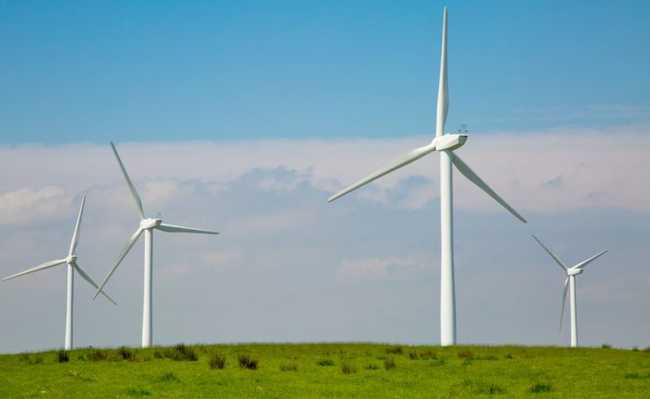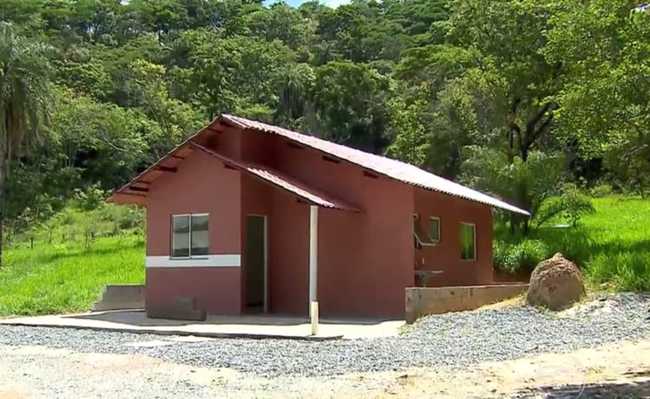What is social sustainability?
It is income distribution with reduction of social differences and improved quality of life

Peter H image by Pixabay
Social sustainability is basically defined as the distribution of income with a reduction in social differences and an improvement in the quality of life.
The social area, interpreted as a concept intrinsic to sustainability, began to gain strength mainly with the advent of the Brundtland Report, published in 1987 by the World Commission on the Environment, and the document Agenda 21, one of the main results of the Eco-92 conference, in 1992.
When defined, social sustainability needs to be essentially linked to the concept of environmental sustainability. This is because the concept of social sustainability is just one subject area within the concept of sustainability.
Sustainability

Rawpixel edited and resized image is available on Unsplash
Ignacy Sachs, one of the leading sustainability theorists, defines sustainability as "a dynamic concept that takes into account the growing needs of populations in an ever-expanding international context" and which has nine main dimensions: social, cultural, ecological, environmental sustainability , economic, territorial, national policy and international policy.
According to authors Robert Chambers and Gordon Conway, to be complete, sustainability has to be complemented by social sustainability. To learn more about this topic, read the article: "What is environmental sustainability?"
social sustainability
For Ignacy Sachs, social sustainability is linked to a stable pattern of growth and better income distribution with a reduction in social differences.
For authors Robert Chambers and Gordon Conway, social sustainability refers not only to what human beings can gain, but how their quality of life can be maintained. This generates two dimensions: one negative and one positive. The negative dimension is reactive, as a result of tensions and shocks, and the positive dimension is constructive, increasing and strengthening capabilities, generating change and ensuring its continuity.
The sustainability of individuals, groups and communities is subject to tensions and shocks. This vulnerability has two aspects: an external aspect, in which tensions and shocks are the subject, and an internal aspect, which is its capacity to resist. Tensions are typically continuous and cumulative, predictable and painful, such as seasonal scarcity, population growths, and decreasing resources, while shocks are typically sudden, unpredictable and traumatic events such as fires, floods, and epidemics. Any definition of sustainability has to include the ability to avoid, or more commonly withstand, these stresses and shocks, ie, group resilience. The positive dimension of social sustainability lies in its ability to predict, adapt and take advantage of changes in the physical, social and economic environment.
Sustainability indicators are not enough to guarantee social, environmental and economic sustainability. It is necessary to rethink the techniques, the means of production and its purpose.










